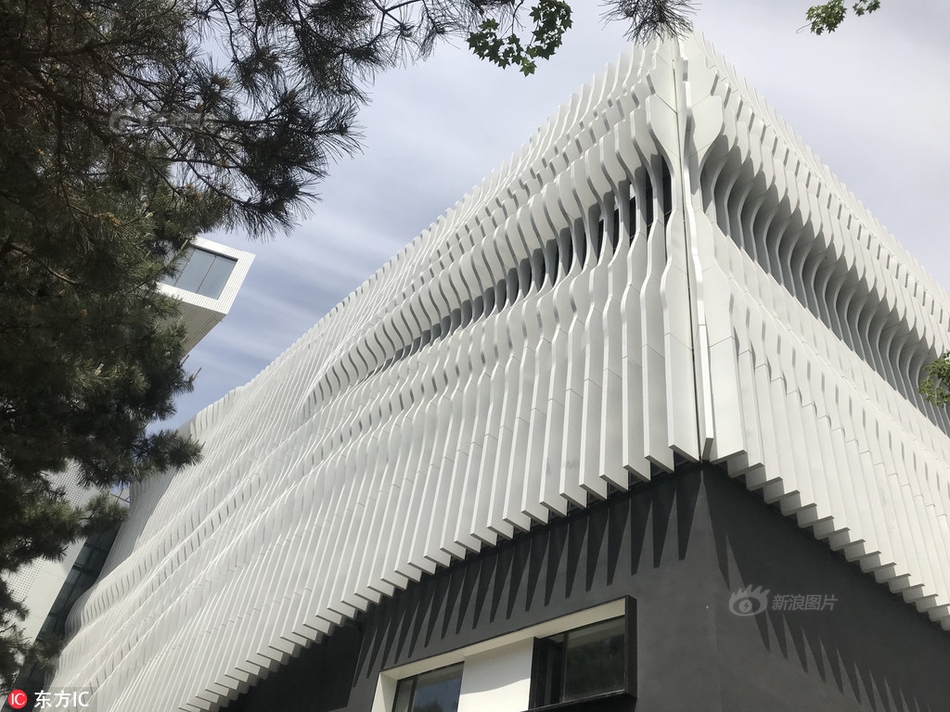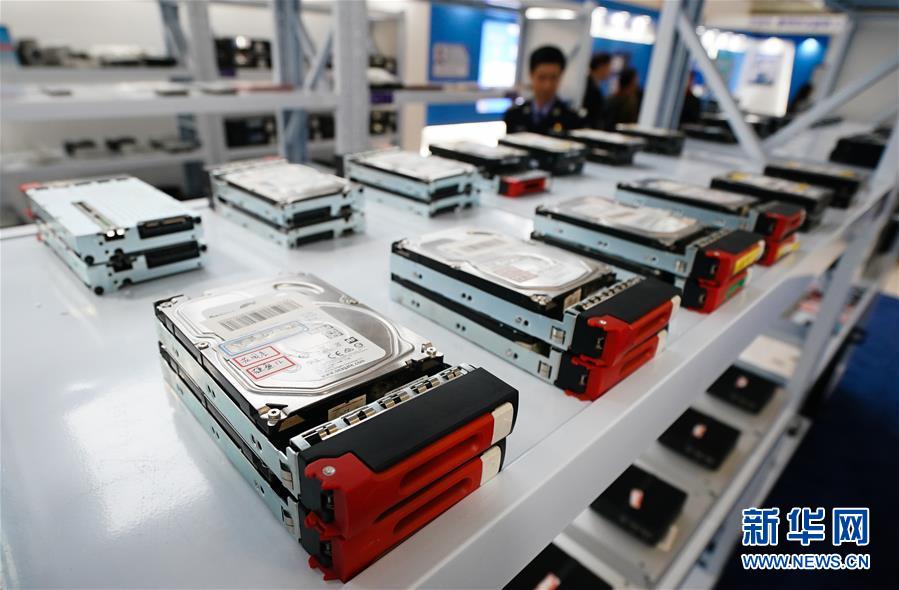
1. The manufacturing materials of automobiles are divided into metal materials, non-metallic materials and composite materials. Metal materials: steel, aluminum, magnesium alloy. Non-metallic materials: ceramics, plastics. Composite materials: fiber-reinforced ceramics, fiber-reinforced metal.
2. Metal material steel aluminum-magnesium alloy2 Non-metallic materials Ceramic plastics 3 Composite fiber reinforced ceramic fiber reinforced metal Most of the metal materials of the car body shell, steel plate carbon fiber aluminum reinforced plastic, etc., the materials of different parts of the car shell for different purposes are different.
3. Most of the car shells are made of metal materials, steel plates, carbon fiber, aluminum, reinforced plastics and other materials. Different uses of car shells and different parts are made of different materials. It is generally a steel plate, Audi high-end cars are made of aluminum, racing cars are made of carbon fiber, and the hood of Hummer H2 is made of reinforced plastic.
4. The manufacturing materials of automobiles are divided into metal materials, non-metallic materials and composite materials. Metal materials: steel, aluminum, magnesium alloy, etc. Non-metallic materials: ceramics, plastics, etc. Composite materials: fiber-reinforced ceramics, fiber-reinforced metal, etc.
5. The body materials include steel plate, carbon fiber, aluminum, reinforced plastic, etc. The materials of different car shells and different parts are different. Generally, it is made of steel plate, carbon fiber and reinforced plastic. The main function of the car body is to protect the driver and create a good aerodynamic environment.
6. Galvanized thin steel plate Since the 1970s, galvanized thin steel plate has been used for the car body steel plate. Galvanized thin steel plate is widely used in automobiles because it has good corrosion resistance. Ordinary low-carbon steel plate In modern automobile production, ordinary low-carbon steel plate is the most used.

metal materials: steel, aluminum, magnesium alloy. Non-metallic materials: ceramics, plastics. Composite materials: fiber-reinforced ceramics, fiber-reinforced metal. Most of the car body shells are made of metal materials, such as steel plates, carbon fiber, aluminum, reinforced plastics, etc. Different uses of car shells and different parts are different materials.
(6), coating materials: (composition: oil, resin, pigment, thinner, auxiliary materials) primer, topcoat, putty, auxiliary materials, etc.(7). Interior materials: all kinds of fabrics, leather, soft materials, plastics, etc., adhesives: sealants, adhesives, etc.
Car body materials are generally steel plate, carbon fiber, aluminum, reinforced plastic, etc. Different uses of car shells and different parts are made of different materials. Generally, it is made of steel plate, carbon fiber and reinforced plastic.
It is generally a steel plate, Audi high-end cars are aluminum, racing cars are carbon fiber, and the hood of Hummer H2 is reinforced plastic. The early car body followed the carriage body structure, and the whole body was mainly made of wood.
A variety of materials are used in automobile manufacturing, including but not limited to the following: Steel: used to manufacture frames, chassis, doors, etc. High-strength steel can improve the rigidity and stability of the car. Aluminum alloy: used to manufacture engines, car bodies, hubs, etc.
There are two types of steel plates: hot-rolled plate and cold-rolled plate. Body steel plates can be roughly divided into carbon steel plates, high-strength steel plates, special steel plates, etc., according to their added components. The specific classification is as follows: - Boiling steel: 05F, 08F, 10F, 15F, 20F stamping parts and structural parts.
1. Most of the car body shells are made of metal materials, steel plates, carbon fiber, aluminum, reinforced plastics, etc. Different uses of car shells and different parts are made of different materials. It is generally a steel plate, Audi high-end cars are made of aluminum, racing cars are made of carbon fiber, and the hood of Hummer H2 is made of reinforced plastic.
2. The manufacturing materials of automobiles are divided into metal materials and non-metallic materials and composite materials.Metal materials: steel, aluminum, magnesium alloy. Non-metallic materials: ceramics, plastics. Composite materials: fiber-reinforced ceramics, fiber-reinforced metal.
3. Car body materials are generally steel plate, carbon fiber, aluminum, reinforced plastic, etc. The materials of different car shells and different parts are different. Generally, it is made of steel plate, carbon fiber and reinforced plastic.
4. What is the material of the car body? Classification of car body materials (1). Steel plate: hot/cold-rolled steel plate, surface treatment steel plate, stainless steel plate, high-strength steel plate, etc. ( 2). Light metal materials: aluminum plate, aluminum alloy, magnesium alloy, titanium alloy, etc.
5. Generally, it is steel plate, Audi high-end cars are aluminum, racing cars are carbon fiber, and the hood of Hummer H2 is reinforced plastic. The early car body followed the carriage body structure, and the whole body was mainly made of wood.
6. Interior materials: all kinds of fabrics, leather, soft materials, plastics, etc. Adhesives: sealant, adhesive, etc. Steel plate for car body. The main properties of steel plate are: plasticity, elasticity, processing hardening, etc. Hot-rolled soft steel plate: carbon content is generally less than 0.15%, low hardness, tensile resistance The intensity is not high.
*Agricultural machinery HS code lookups-APP, download it now, new users will receive a novice gift pack.
1. The manufacturing materials of automobiles are divided into metal materials, non-metallic materials and composite materials. Metal materials: steel, aluminum, magnesium alloy. Non-metallic materials: ceramics, plastics. Composite materials: fiber-reinforced ceramics, fiber-reinforced metal.
2. Metal material steel aluminum-magnesium alloy2 Non-metallic materials Ceramic plastics 3 Composite fiber reinforced ceramic fiber reinforced metal Most of the metal materials of the car body shell, steel plate carbon fiber aluminum reinforced plastic, etc., the materials of different parts of the car shell for different purposes are different.
3. Most of the car shells are made of metal materials, steel plates, carbon fiber, aluminum, reinforced plastics and other materials. Different uses of car shells and different parts are made of different materials. It is generally a steel plate, Audi high-end cars are made of aluminum, racing cars are made of carbon fiber, and the hood of Hummer H2 is made of reinforced plastic.
4. The manufacturing materials of automobiles are divided into metal materials, non-metallic materials and composite materials. Metal materials: steel, aluminum, magnesium alloy, etc. Non-metallic materials: ceramics, plastics, etc. Composite materials: fiber-reinforced ceramics, fiber-reinforced metal, etc.
5. The body materials include steel plate, carbon fiber, aluminum, reinforced plastic, etc. The materials of different car shells and different parts are different. Generally, it is made of steel plate, carbon fiber and reinforced plastic. The main function of the car body is to protect the driver and create a good aerodynamic environment.
6. Galvanized thin steel plate Since the 1970s, galvanized thin steel plate has been used for the car body steel plate. Galvanized thin steel plate is widely used in automobiles because it has good corrosion resistance. Ordinary low-carbon steel plate In modern automobile production, ordinary low-carbon steel plate is the most used.

metal materials: steel, aluminum, magnesium alloy. Non-metallic materials: ceramics, plastics. Composite materials: fiber-reinforced ceramics, fiber-reinforced metal. Most of the car body shells are made of metal materials, such as steel plates, carbon fiber, aluminum, reinforced plastics, etc. Different uses of car shells and different parts are different materials.
(6), coating materials: (composition: oil, resin, pigment, thinner, auxiliary materials) primer, topcoat, putty, auxiliary materials, etc.(7). Interior materials: all kinds of fabrics, leather, soft materials, plastics, etc., adhesives: sealants, adhesives, etc.
Car body materials are generally steel plate, carbon fiber, aluminum, reinforced plastic, etc. Different uses of car shells and different parts are made of different materials. Generally, it is made of steel plate, carbon fiber and reinforced plastic.
It is generally a steel plate, Audi high-end cars are aluminum, racing cars are carbon fiber, and the hood of Hummer H2 is reinforced plastic. The early car body followed the carriage body structure, and the whole body was mainly made of wood.
A variety of materials are used in automobile manufacturing, including but not limited to the following: Steel: used to manufacture frames, chassis, doors, etc. High-strength steel can improve the rigidity and stability of the car. Aluminum alloy: used to manufacture engines, car bodies, hubs, etc.
There are two types of steel plates: hot-rolled plate and cold-rolled plate. Body steel plates can be roughly divided into carbon steel plates, high-strength steel plates, special steel plates, etc., according to their added components. The specific classification is as follows: - Boiling steel: 05F, 08F, 10F, 15F, 20F stamping parts and structural parts.
1. Most of the car body shells are made of metal materials, steel plates, carbon fiber, aluminum, reinforced plastics, etc. Different uses of car shells and different parts are made of different materials. It is generally a steel plate, Audi high-end cars are made of aluminum, racing cars are made of carbon fiber, and the hood of Hummer H2 is made of reinforced plastic.
2. The manufacturing materials of automobiles are divided into metal materials and non-metallic materials and composite materials.Metal materials: steel, aluminum, magnesium alloy. Non-metallic materials: ceramics, plastics. Composite materials: fiber-reinforced ceramics, fiber-reinforced metal.
3. Car body materials are generally steel plate, carbon fiber, aluminum, reinforced plastic, etc. The materials of different car shells and different parts are different. Generally, it is made of steel plate, carbon fiber and reinforced plastic.
4. What is the material of the car body? Classification of car body materials (1). Steel plate: hot/cold-rolled steel plate, surface treatment steel plate, stainless steel plate, high-strength steel plate, etc. ( 2). Light metal materials: aluminum plate, aluminum alloy, magnesium alloy, titanium alloy, etc.
5. Generally, it is steel plate, Audi high-end cars are aluminum, racing cars are carbon fiber, and the hood of Hummer H2 is reinforced plastic. The early car body followed the carriage body structure, and the whole body was mainly made of wood.
6. Interior materials: all kinds of fabrics, leather, soft materials, plastics, etc. Adhesives: sealant, adhesive, etc. Steel plate for car body. The main properties of steel plate are: plasticity, elasticity, processing hardening, etc. Hot-rolled soft steel plate: carbon content is generally less than 0.15%, low hardness, tensile resistance The intensity is not high.
*HS code-based cost-cutting strategies
author: 2024-12-23 23:16Industry consolidation via HS code data
author: 2024-12-23 23:14Predictive analytics for trade flows
author: 2024-12-23 22:28How to integrate IoT with trade data
author: 2024-12-23 21:11HS code-focused compliance audits
author: 2024-12-23 22:43Metal commodities HS code directory
author: 2024-12-23 22:03Country tariff schedules by HS code
author: 2024-12-23 21:56Import restrictions by HS code category
author: 2024-12-23 21:45Optimizing FTAs with HS code data
author: 2024-12-23 21:27 How to use trade data in negotiations
How to use trade data in negotiations
167.86MB
Check How to leverage analytics in procurement
How to leverage analytics in procurement
968.39MB
Check HS code-based invoice validation
HS code-based invoice validation
378.47MB
Check Real-time HS code duty updates
Real-time HS code duty updates
821.68MB
Check HS code-based risk profiling for exporters
HS code-based risk profiling for exporters
258.14MB
Check supply chain intelligence
supply chain intelligence
324.32MB
Check How to minimize supply chain disruptions
How to minimize supply chain disruptions
211.73MB
Check Biotech imports HS code classification
Biotech imports HS code classification
662.83MB
Check Sustainable sourcing via HS code tracking
Sustainable sourcing via HS code tracking
198.48MB
Check HS code-based reclassification services
HS code-based reclassification services
737.36MB
Check Non-tariff barriers by HS code
Non-tariff barriers by HS code
934.54MB
Check Global tender participation by HS code
Global tender participation by HS code
919.32MB
Check How to monitor competitor supply chains
How to monitor competitor supply chains
651.97MB
Check Industrial adhesives HS code mapping
Industrial adhesives HS code mapping
236.53MB
Check HS code impact on trade finance
HS code impact on trade finance
466.14MB
Check Agriculture import export insights
Agriculture import export insights
978.49MB
Check WTO harmonization and HS codes
WTO harmonization and HS codes
773.78MB
Check Trade data-driven supply chain optimization
Trade data-driven supply chain optimization
224.21MB
Check How to minimize supply chain disruptions
How to minimize supply chain disruptions
662.94MB
Check How to identify top export opportunities
How to identify top export opportunities
461.74MB
Check How to refine supply chain visibility
How to refine supply chain visibility
637.48MB
Check Deriving product origin via HS code
Deriving product origin via HS code
185.44MB
Check Non-tariff barriers by HS code
Non-tariff barriers by HS code
218.83MB
Check On-demand trade data queries
On-demand trade data queries
243.65MB
Check Real-time customs clearance alerts
Real-time customs clearance alerts
455.41MB
Check Real-time shipment data alerts
Real-time shipment data alerts
866.47MB
Check Mineral fuels HS code data analysis
Mineral fuels HS code data analysis
692.95MB
Check Comparative trade route analysis
Comparative trade route analysis
428.39MB
Check How to track compliance breaches
How to track compliance breaches
539.67MB
Check HS code guides for automotive parts
HS code guides for automotive parts
586.94MB
Check FMCG sector HS code analysis
FMCG sector HS code analysis
647.83MB
Check Trade finance data solutions
Trade finance data solutions
339.51MB
Check End-to-end global logistics analytics
End-to-end global logistics analytics
847.82MB
Check Supplier risk profiling with trade data
Supplier risk profiling with trade data
242.33MB
Check HS code-based vendor qualification
HS code-based vendor qualification
135.96MB
Check Drilling equipment HS code mapping
Drilling equipment HS code mapping
659.16MB
Check
Scan to install
Agricultural machinery HS code lookups to discover more
Netizen comments More
654 Country tariff schedules by HS code
2024-12-23 23:52 recommend
97 HS code integration in trade blockchains
2024-12-23 23:25 recommend
2880 HS code compliance in African unions
2024-12-23 23:18 recommend
1667 Global trade pattern recognition
2024-12-23 21:26 recommend
615 HS code mapping to non-tariff measures
2024-12-23 21:16 recommend